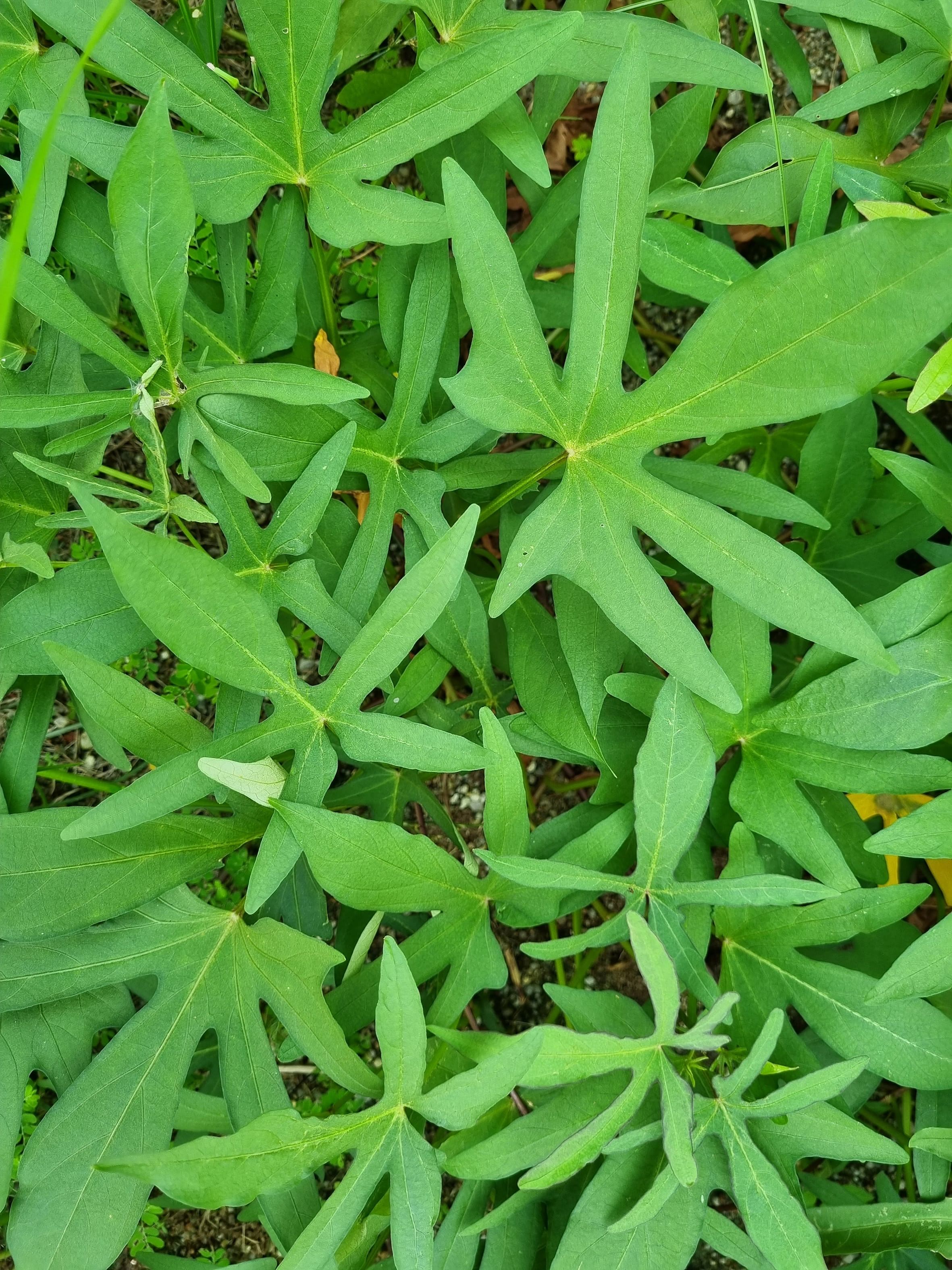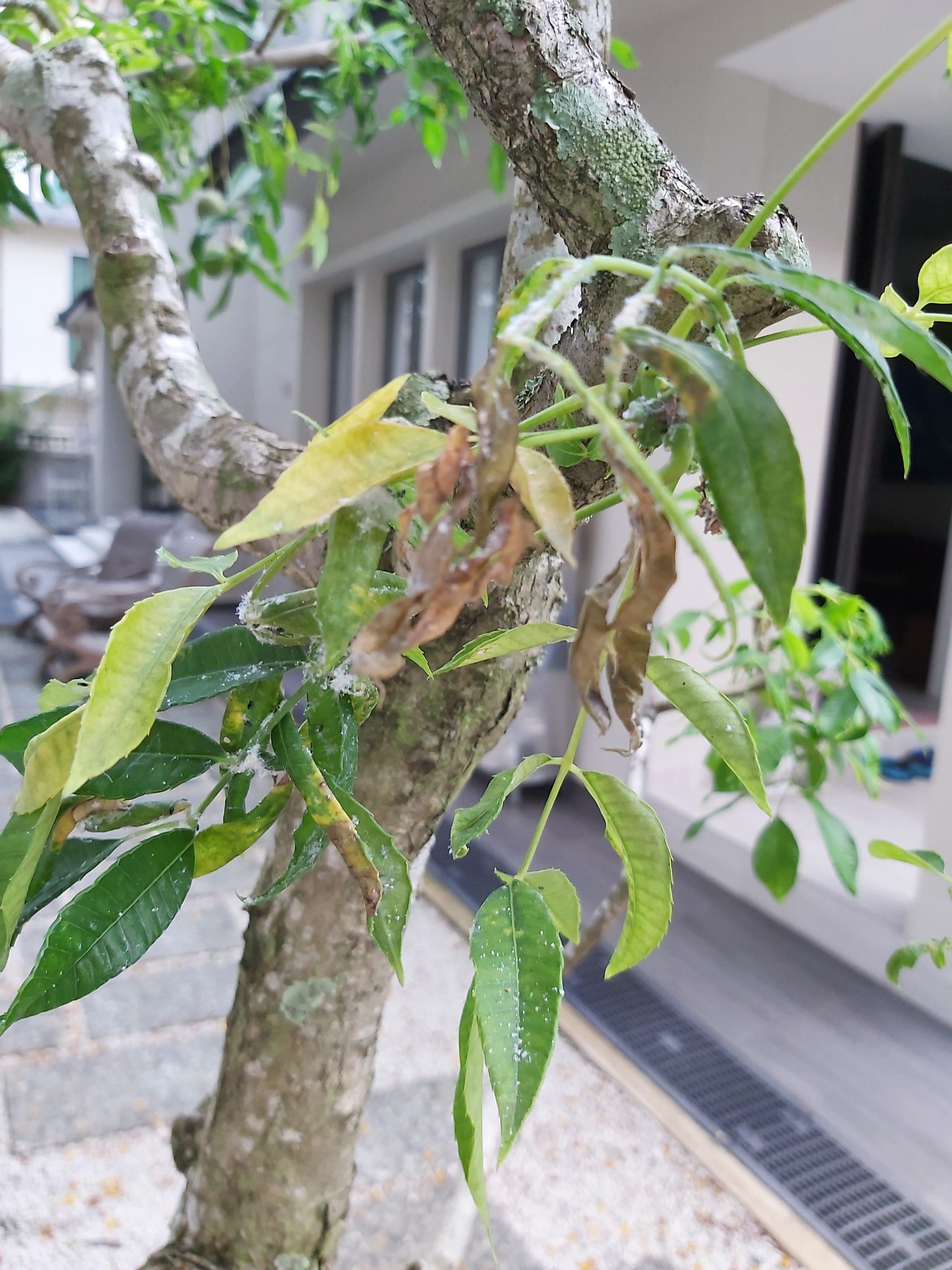Lime plants thrive in gritty growing media
My variegated lime plant sheds its leaves frequently and takes months to grow them back. The new leaves are white and not green.
I grow the plant in a well-draining mix on an open balcony, where it gets liquid fertiliser weekly and four to six hours a day of direct sunlight. What is wrong?
Tan Yu Jie
Your lime plant seems to be in an organic substrate-based growing mix, which drains well but can also retain too much moisture during wetter times of the year, which is especially bad for lime plants.
You may want to move it to a mix with some gritty material, such as pumice and fine expanded clay pellets. Let the plant dry out slightly before you water it again.
Also, do not bury the plant too deeply in the growing media. Your plant seems to be too deeply embedded.
As for the white leaves, which are devoid of chlorophyll, try pruning the plant back to areas along the stem that have a mix of green and white leaves, so that new growth will retain these characteristics.
Pale leaves lack chlorophyll and cannot photosynthesise, making them more vulnerable to sunburn and disease.
Sweet potato leaves can be eaten

I planted a sweet potato some time ago and it is doing well, but its leaves do not look like those I buy from the supermarket. Are my plant's leaves edible and if so, when can I harvest my plant?
Adrianne D'Rozario
The leaves of sweet potatoes are edible. Selected cultivars produce leaves which are valued for their texture and flavour when cooked.
You can harvest and cook the younger leaves, and do a taste test to see if you like them. Do not harvest too often, though, as this may affect tuber production.
Sweet potato tubers can be harvested at a certain size, usually three to four months after planting and the establishment of stem cuttings.
Try digging up the base of one of your plants to check on tuber production, and keep vines above the ground so they do not take root and produce numerous small tubers along the stems. Doing this will promote the production of larger tubers.
Orchid cactus can be propagatedvia leaf cuttings

What plant is this and how can it be propagated? Also, there are many ants in the soil. Will this hurt the plant?
Chong Yuen Foong
The plant is a leafy cactus known as the orchid cactus. It is botanically known as Epiphyllum pumilum and is a relative of the common Keng Huay (Epiphyllum oxypetalum).
This plant can be propagated via stem cuttings, which can be cut as sections from the plant and planted in moist, well-drained potting mix.
As this plant is an epiphyte, it thrives in open growing mixes that often harbour ants. If the ants do not damage your plant, you may not need to take further action. However, you can get rid of them and destroy their nests by submerging the pot in a pail of water. Some gardeners find sprinkling ant powder or applying ant gel around the pot effective in removing colonies.
Apply pesticide regularly to prevent insect infestation

My plant looks unwell. Other than pruning the curling leaves, should I apply pesticide on the healthy parts of the plant? Can I use a paintbrush to apply it?
Quah Kee Eng Jennifer
Your plant looks to be suffering from a severe infestation of mealy bugs, which are sap-sucking pests.
You can first use a strong jet of water to wash off as many pests as you can. Prune deformed leaves, which can harbour such pests.
Try using a knapsack sprayer with a long wand and a nozzle that is easy to manipulate. Pesticides such as summer oil and soap solution can penetrate the plant wax and suffocate the pests. Mealy bugs are unlikely to develop resistance towards summer oil. Thorough coverage and regular applications every five to seven days are needed to ensure adequate control.
Snails and slugs damage plants

My plants are being eaten by pests. I sought help from my community gardener and tried to apply pesticide, but to no avail. What is wrong?
Yamini Parsa
Your plants seem to have been eaten by snails and slugs, which feed on plant tissues near the ground.
They are active at night and hide in dark, moist corners such as under groundcover plants and upturned flower pots. The damage they cause is worse during the wet season.
Remove potential hiding spots and discard these pests when you see them.
The application of poisonous bait like metaldehyde can be risky if you have pets and children around. Try using a safer alternative like tea seed powder.
- Answers by Dr Wilson Wong, an NParks-certified practising horticulturist, parks manager and ISA-certified arborist. He is the founder of Green Culture Singapore and an adjunct assistant professor (Food Science & Technology) at the National University of Singapore.
- Have a gardening query? E-mail it with clear, high-resolution pictures of at least 1MB, if any, and your full name to stlife@sph.com.sg. We reserve the right to edit and reject questions.

